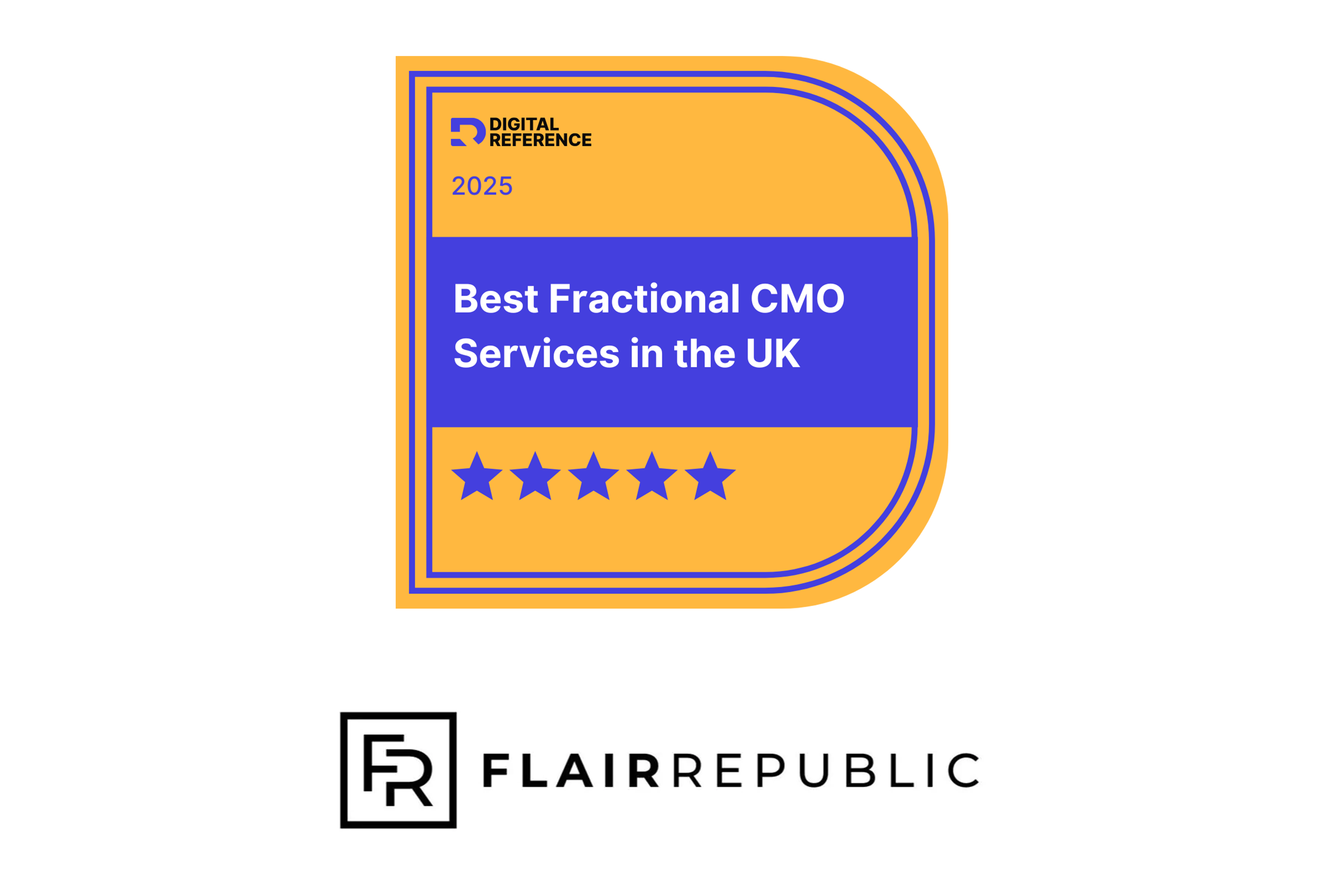
A Marketer’s Guide to Generative Engine Optimisation (GEO)
The rules of search are changing, and the way people search is changing. Over the past few years, Google has been rolling out a new section in Google Searches which provides answers fast.
While marketers have fought their way to the top of Google for many years using keywords, backlinks, and structured content, there’s been a shift. This new content is being led by artificial intelligence.
As search starts to change into conversation, AI engines such as ChatGPT, Google’s Search Generative Experience (SGE), and Perplexity are changing the way people find, trust, and engage with information. While SEO is still just as important, this new discipline is known as Generative Engine Optimisation (GEO).
What Exactly Is Generative Engine Optimisation?
Generative Engine Optimisation (GEO) is the way of ensuring your content is discoverable, trustworthy, and synthesised accurately by AI-driven search systems.
Traditional SEO aims to make your website appear at the top of search results. GEO, however, aims to make your brand’s insights and expertise appear within the generated answers that AI systems produce.
When a user asks, “What are the best B2B marketing strategies for 2026?”, an AI doesn’t serve a list of links. It creates an answer using content drawn from across the web. GEO is about positioning your brand so that its voice becomes part of that operation.
In other words:
- SEO gets you ranked.
- GEO gets you referenced.
Why GEO Matters Now
The rise of AI-assisted search means users aren’t searching just to browse. They’re asking questions. They want instant, conversational, and contextual answers.
This change matters because visibility is no longer limited to the first page of Google. It now depends on whether your content is among the sources that AI models deem credible enough to quote.
Generative search is already influencing how people make purchasing decisions, choose service providers, and consume information. If your content isn’t GEO-ready, you could be invisible to the next generation of search behaviour.
How GEO Works
AI-driven engines, unlike traditional search crawlers, read content more like humans. They interpret context, clarity, and authority rather than simply scanning for keywords.
To stand out, your content must demonstrate:
- Expertise and authority – content written or endorsed by identifiable experts.
- Structure and clarity – clear headings, schema, and logical flow.
- Citations and backlinks – credibility through reputable references.
- Original insights – data, perspectives, or case studies that add genuine value.
The engines behind generative search (large language models) prefer content that answers questions directly, reads naturally, and is easy to interpret semantically.
The Rise of “Answerable” Content
The most successful GEO content shares a common trait – it’s answerable.
That means it’s designed to respond clearly and confidently to questions people might ask.
To make your content answerable:
- Use Q&A-style subheadings to anticipate user queries.
- Include data and examples that can be cited by AI.
- Make your wording clear rather than clever – straightforward explanations often perform better than jargon-heavy prose.
- Keep information up to date and factually grounded.
Generative engines don’t simply reward creativity; they reward credibility.
Building GEO Success Through E-E-A-T
Generative Engine Optimisation doesn’t operate in isolation. It’s built on the same principles that define content credibility – the E-E-A-T framework: Experience, Expertise, Authoritativeness, and Trustworthiness.
Originally developed by Google to guide its Search Quality Rater Guidelines, E-E-A-T is now equally critical for AI-driven engines. This no longer only applies to SEO. It applies to GEO too. These systems are designed to prioritise content that feels reliable, comes from identifiable sources, and demonstrates real-world knowledge.
Let’s break it down in the context of GEO.
Experience
AI engines increasingly look for content that reflects first-hand understanding. For instance, a marketing team sharing results from an in-house campaign or a case study based on real data signals authentic experience.
Practical detail and lived insight separate genuine expertise from surface-level content, and that’s exactly what AI models try to detect.
Expertise
Expertise reinforces that your content comes from someone who truly understands the subject matter. In GEO terms, this means naming authors, including credentials, and backing statements with clear evidence.
Articles written by specialists, rather than anonymous contributors, are more likely to be cited in generative summaries because the model can associate their names or titles with credibility.
Authoritativeness
Authoritativeness is earned through recognition. When other credible sites, publications, or professionals reference your brand or share your content, it strengthens your perceived authority.
AI-driven systems, much like traditional search algorithms, weigh these external signals heavily. A brand consistently cited across trusted domains is more likely to appear in AI-generated answers.
Trustworthiness
Trust remains the cornerstone. Transparency about sources, accurate data, up-to-date facts, and clear disclaimers all contribute to a content ecosystem that AI models view as dependable.
In the new GEO era, trust isn’t just for the reader, it’s for the algorithm too. Generative engines must be confident that your content is safe to quote before including it in an answer.
Why E-E-A-T Matters for GEO
While SEO once prioritised keywords and backlinks, GEO prioritises credibility and context.
E-E-A-T provides the scaffolding for that. It ensures your content doesn’t just exist online – it’s trusted, referenced, and reinterpreted by AI engines as a credible voice.
When you apply E-E-A-T principles consistently, you create a content footprint that feels authentic to both humans and machines. That’s the real power behind GEO – not just visibility, but verifiable influence.
Integrating GEO into Your Marketing Strategy
GEO shouldn’t sit in a silo. It complements and enhances your existing marketing strategy:
1. Content Marketing
Shift your focus from keyword-heavy articles to insight-heavy ones. Build resources that help AI systems understand your expertise and reference it accurately.
2. Thought Leadership
Publish original perspectives, research, and commentary from industry experts. This builds the authority signals that AI engines rely on to validate responses.
3. Public Relations
Earned media and reputable mentions strengthen your GEO footprint. When trusted publications cite your brand, AI engines are more likely to do the same.
4. Technical SEO
Structured data, schema markup, and meta information remain essential. They help AI models understand relationships between your topics, entities, and expertise.
5. Social Content & Distribution
Engines like Perplexity and ChatGPT draw from publicly available, high-authority content. Share your insights widely to increase your digital footprint and source visibility.
Measuring GEO Success
Unlike SEO, GEO doesn’t yet offer a clear “rank” metric. Instead, you can look for signals such as:
- Mentions of your brand in generative summaries or AI-cited content.
- Referral traffic from AI-assisted browsers or search integrations.
- Visibility in Google’s AI Overviews or Bing Copilot responses.
- Growth in engagement from organic channels influenced by AI discovery.
As GEO matures, analytics tools will likely emerge to measure how AI models interact with your content — much like how SEO platforms evolved to track rankings and backlinks.
Common GEO Challenges
Because GEO is still new, it’s easy to make mistakes. Some of the most common include:
- Over-optimising for AI – writing unnaturally in an attempt to “train” algorithms.
- Neglecting human readability – forgetting that AI prefers what readers prefer: clarity, flow, and genuine insight.
- Relying on speculation – basing tactics on assumptions rather than observable patterns.
- Ignoring updates – AI engines evolve rapidly and outdated content quickly loses credibility.
GEO and the Future of Digital Discovery
The shift from search results to generated answers represents a fundamental change in how audiences interact with brands. Users want relevance, not results. They want to know, not to browse.
In this environment, trust is currency and GEO is how that trust is translated into visibility.
Marketers who adapt early will find themselves cited, quoted, and surfaced in AI-generated responses, while those who cling to legacy SEO tactics risk being left behind.
Final Thoughts
Generative Engine Optimisation is a sign of how intelligence, both human and artificial, is shaping the next chapter of digital communication.
For marketing teams, GEO is the bridge between traditional SEO and the conversational, AI-powered future of search. It’s how you ensure your brand’s insights continue to inform, inspire, and appear in the answers your audience is already asking. While the importance of SEO still stands, we’ve been including GEO in our client’s marketing strategies for quite some time now. GEO is here to stay, and it’s time to get on board rather than get left behind. We cover GEO as part of our marketing strategies through our Fractional CMO services, and as part of our standalone SEO services.
Book a meeting with us to discuss your marketing strategy and how to incorporate GEO.





